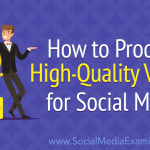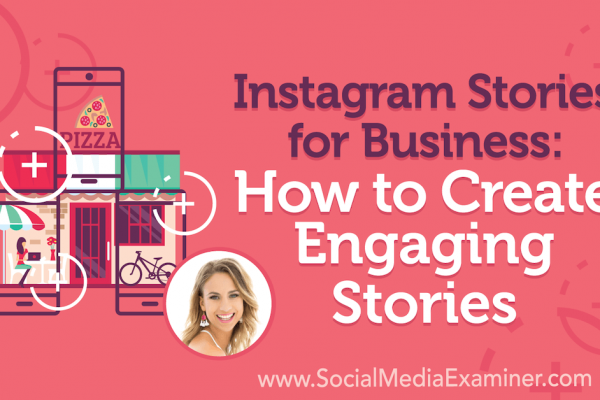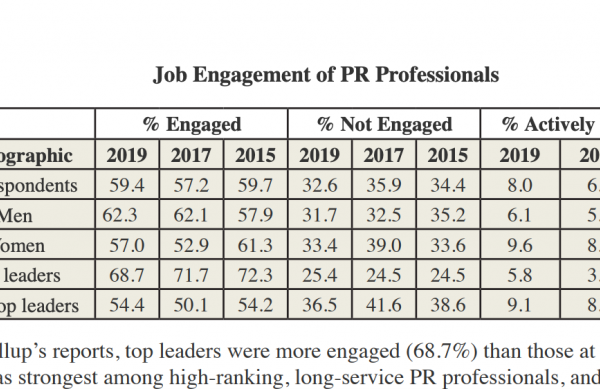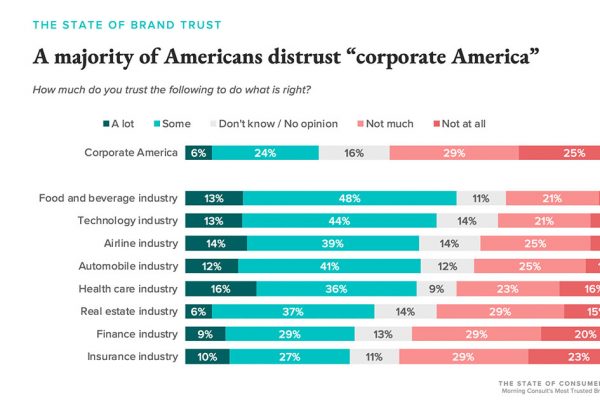In today’s digital landscape, where consumers are also the audience, brands must address the significant questions: how well are we positioned to thrive in the future of social? What messages should we be sending? What does audience-first really mean?
In pursuit of answers, many are looking at leading media companies for inspiration and insight.
On 31 October during #SMWLDN, James Lamon, Head of Content at BuzzFeed UK, will shed light on this conversation outlining ways for brands to think like a media brand on social and how to integrate an audience-first mindset into their strategies.
We recently sat down with James to learn about the challenges of implementing an audience-first mindset and gather tips for brands seeking to think more like media companies.
SMW: What are the core competencies of a media company that traditional brands should emulate? How is the mindset different when thinking like a ‘media brand’ versus a traditional brand?
JL: A media brand’s core competency is to build, retain, and engage an audience.
The traditional brand mindset is focused on selling a product to a consumer.
But now consumers are the audience; the same group of people but in different modes. On social, I think the problem is too many brands treat their audience like consumers to be sold to — both directly and through their advertising — when they need to treat them like an audience to be entertained.
SMW: Audience-first is an easy concept to grasp but more difficult to implement. What are some of the biggest challenges brands face when adopting an audience-first mindset, and how can those be overcome?
JL: It’s difficult to get a brand to commit — to take the leap. They will say they are going ‘audience first’ but then crowbar their product into the first 3 seconds of footage. What gives? Is this a box-checking exercise or a true commitment to a different way of marketing?
I realise I’m simplifying the issue. For a brand manager, it’s hard to identify a correct and effective strategy. Media is fragmented. Every platform tells a different story. Are “vanity metrics” just that, or is there something more important going on here? We have a lot of work to do to make it easier for brands to achieve the success limited to only the first-class media organisations. And conversely, brands need to organise internally to find that success. Creative by committee often ruins what made your concept good in the first place.
SMW: BuzzFeed was at the forefront of social at a time when not many publishers let alone brands were truly ‘getting it.’ What have been the biggest changes in social since BuzzFeed’s beginnings, and what does BuzzFeed believe are the next big things to watch and potentially leverage in social moving forward?
JL: We’ve seen macro forces shake this industry. Platform changes have been difficult for many digital media brands to overcome. Politics, #fakenews, and manipulation have tarnished the space. Legislation like GDPR makes online business more difficult, especially for smaller players. Thankfully BuzzFeed has built a strong brand with a big loyal audience, allowing us to ride these waves and navigate these challenges, but it’s been game over for many smaller publishers.
Your second point about the “next big thing” is difficult to answer. One area of personal interest to me is social-informed products, which is a growing part of our business at BuzzFeed. We have the opportunity to convert the incredible scale of social attention and activity into tangible things people will like and go on to purchase. I think this is very cool.
SMW: BuzzFeed built a brand on promoting positive virality – content that was meant to be spread but offered value in a positive way. How can the industry combat the converse of that – the spread of negative information?
JL: This is something our CEO Jonah Peretti talks about a lot. BuzzFeed is committed to offering truth and joy to our audiences worldwide — through our rigorous reporting and through our entertaining videos, quizzes, and posts.
The platforms are beginning to realise the importance of that. Filling the internet with impactful and fun content is really the only way to beat the false stuff.
SMW: What are 1-2 core themes that define BuzzFeed’s content strategy?
JL: The first theme is to be very scrappy. Good content does not need to cost much money — many of our best posts and videos cost very little. Closely related to this is a high output. When content is cost-effective, you’re able to make more of it. This is critical because you won’t learn very much doing something only a few times. It takes many dozens of times to refine the template to perfection — and indeed this is what we offer our advertisers: a refined social format, forged by dozens of prior failures.
The second theme would be a rigorous audience-first practice. I have personally read every comment on every piece of content I’ve produced for BuzzFeed and I encourage all of my producers to do the same. The insight you may gain from comment #346 on a video with 4 million views might lead to your next breakthrough. It’s easy to miss if you aren’t paying very close attention.
Don’t miss your chance to explore the state of social in 2019 with James and many other thought leaders in the space at #SMWLDN (31 Oct – 1 Nov). Claim your pass by 9 August to take advantage of our early-bird rate before it expires.
Join 100,000+ fellow marketers who advance their skills and knowledge by subscribing to our weekly newsletter.
WATCH THE #SMWLDN 2019 PROMO
The post 5 Questions With James Lamon, Head of Content, BuzzFeed UK appeared first on Social Media Week.





